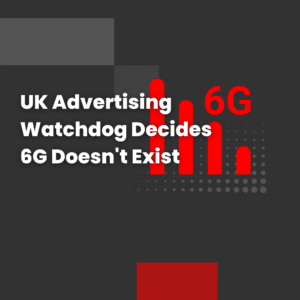The Asia-Pacific region is set to experience a tremendous surge in 5G subscriptions by the end of the decade, with a projected 1.4 billion 5G connections by 2030, accounting for 41% of mobile connections, up from a mere 4% last year, according to the GSMA’s latest predictions.
However, this growth will come at a significant cost. The GSMA’s report, The Mobile Economy Asia Pacific 2023, reveals that mobile operators in the Asia-Pacific area will invest a staggering $259 billion in their networks, mainly focused on 5G deployments, between 2023 and 2030.
Despite the substantial investment, it is worth noting that capital expenditure (capex) across the region is decreasing. The initial intense buildout of 5G networks in advanced markets, such as South Korea, Japan, Australia, and Singapore, has started to level off. Although other markets are now catching up, it won’t be enough to halt the overall decline as earlier network generations, like 3G and 4G, will remain essential components of the connectivity landscape for the foreseeable future, according to the GSMA.
The report emphasizes India as a market where significant 5G growth is expected. Operators like Bharti Airtel and Reliance Jio have already launched some 5G services on a small scale last year and are ramping up their efforts this year. The GSMA predicts that India will add tens of millions of 5G connections this year alone and will undoubtedly play a crucial role in shaping the overall market scenario in 2030.
The growth of 5G in the region in the coming years will be driven by factors such as a decrease in the average price of 5G devices, rapid network expansion in many markets, and government-led initiatives to integrate mobile-enabled technologies into various aspects of society.
While growth is essential, operators are now shifting their focus towards monetization, especially in more advanced 5G markets. The GSMA highlights extended reality (XR) as a potential facilitator of new immersive customer experiences that can leverage the improved speed, latency, and capacity offered by 5G. Some companies, such as NTT DoCoMo’s Qonoq unit, Jio Tesseract, and LG Uplus, are actively working on developing XR hardware and software products and 3D VR content.
Additionally, 5G-based fixed wireless access (FWA) holds promise for driving incremental revenue opportunities for operators. As of March this year, 17 operators in eight Asia-Pacific markets had already launched 5G FWA services. FWA will be particularly relevant in markets where fixed broadband relies on DSL technologies, like Australia, and in markets with low overall fixed broadband penetration, such as the Philippines.
In conclusion, the Asia-Pacific region showcases varying levels of 5G development, and operators are at different stages of their monetization journey. The scale of adding approximately a billion 5G connections over just over six years is undoubtedly eye-catching and will be a significant talking point in the region’s telecommunications landscape.



